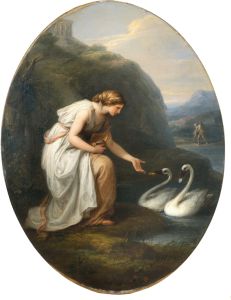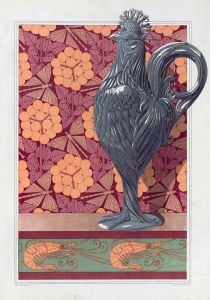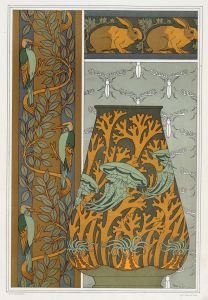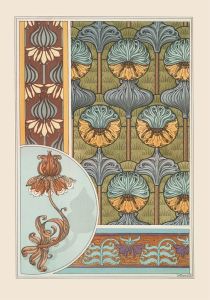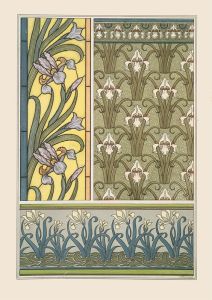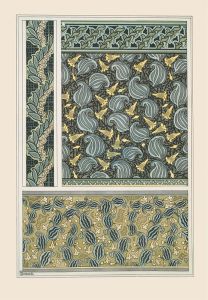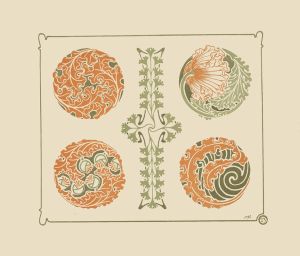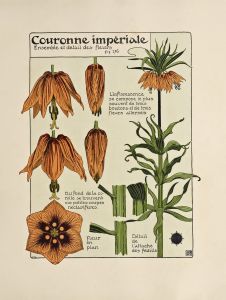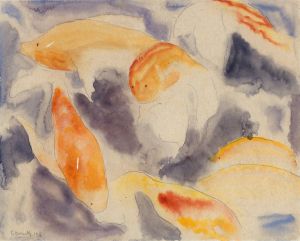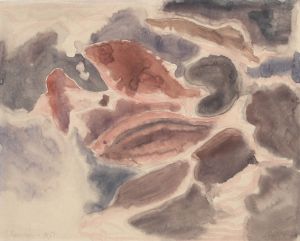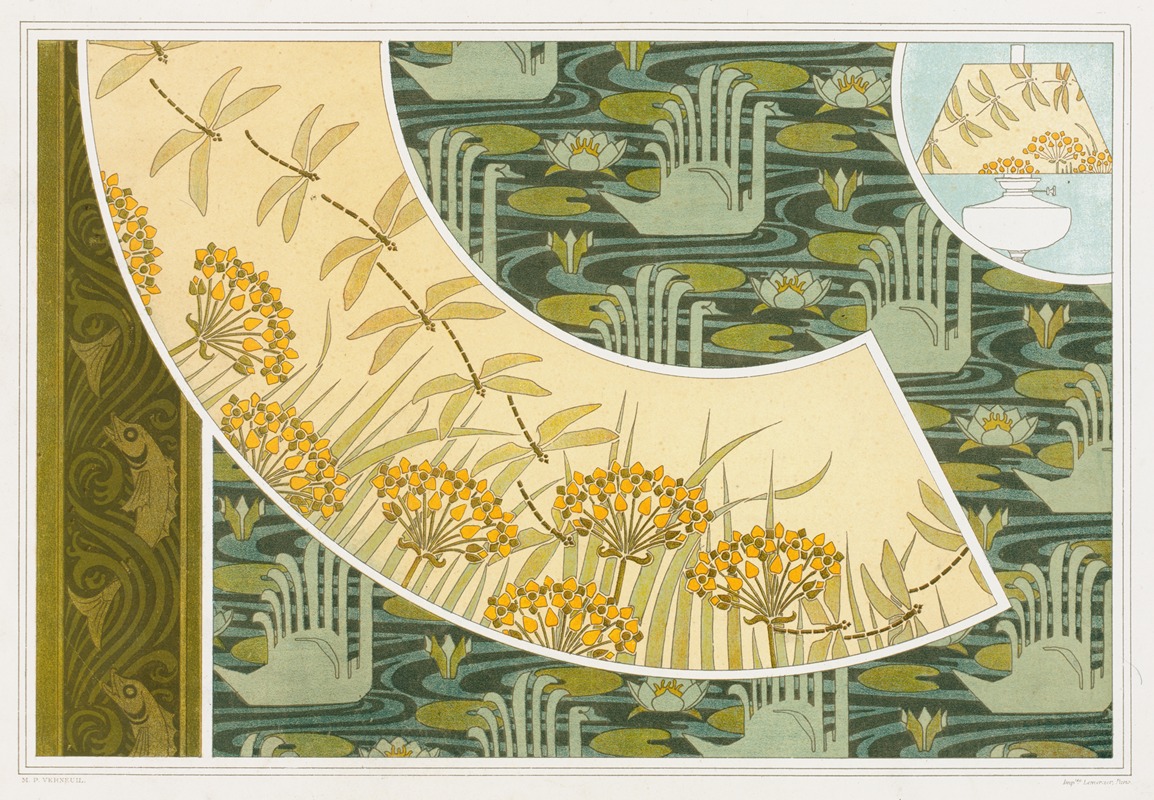
Poissons. Frise au pochoir. Libellules et butome, abat-jour. Cygnes et nénuphars, velours imprimé.
A hand-painted replica of Maurice Pillard Verneuil’s masterpiece Poissons. Frise au pochoir. Libellules et butome, abat-jour. Cygnes et nénuphars, velours imprimé., meticulously crafted by professional artists to capture the true essence of the original. Each piece is created with museum-quality canvas and rare mineral pigments, carefully painted by experienced artists with delicate brushstrokes and rich, layered colors to perfectly recreate the texture of the original artwork. Unlike machine-printed reproductions, this hand-painted version brings the painting to life, infused with the artist’s emotions and skill in every stroke. Whether for personal collection or home decoration, it instantly elevates the artistic atmosphere of any space.
Maurice Pillard Verneuil (1869–1942) was a French artist and designer known for his contributions to the Art Nouveau movement. He specialized in decorative arts, including wallpaper, textiles, ceramics, and book illustrations. Verneuil was particularly celebrated for his innovative use of natural motifs, which he often stylized and adapted into intricate patterns and designs.
The work titled Poissons. Frise au pochoir. Libellules et butome, abat-jour. Cygnes et nénuphars, velours imprimé. is a notable example of Verneuil's artistic approach. This piece reflects his fascination with nature, a hallmark of the Art Nouveau style, which sought to harmonize art with the natural world. The title itself references several natural elements, including fish (poissons), dragonflies (libellules), flowering rush (butome), swans (cygnes), and water lilies (nénuphars). These elements are depicted in a variety of mediums, such as stenciled friezes (frise au pochoir), lampshades (abat-jour), and printed velvet (velours imprimé), showcasing Verneuil's versatility as a designer.
Verneuil's work was heavily influenced by the principles of Japanese art, particularly ukiyo-e prints, which emphasized flat, decorative surfaces and bold outlines. This influence is evident in his stylized representations of flora and fauna, as well as his use of vibrant colors and dynamic compositions. His designs often combined aesthetic beauty with functional applications, making them popular in both artistic and commercial contexts.
The specific piece in question is part of Verneuil's broader exploration of integrating natural themes into decorative arts. While detailed information about the creation and historical context of this particular work is limited, it is consistent with Verneuil's overall body of work, which sought to elevate everyday objects through the application of artistic design. His contributions to the Art Nouveau movement remain influential, and his works are preserved in various collections and archives dedicated to decorative arts and design history.





